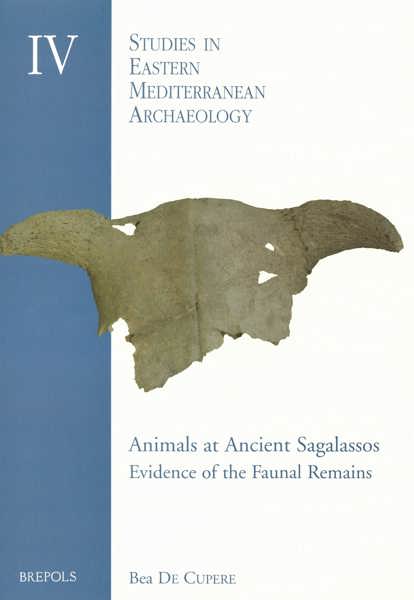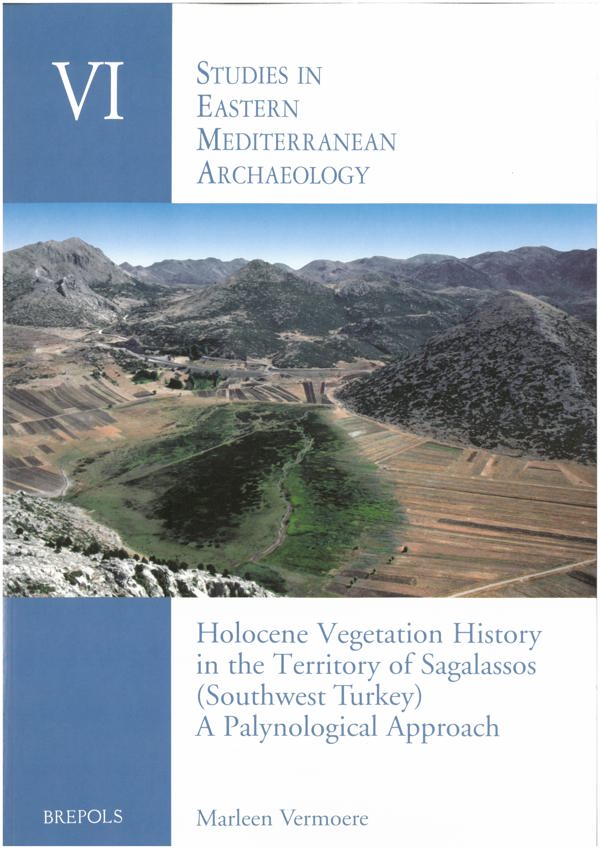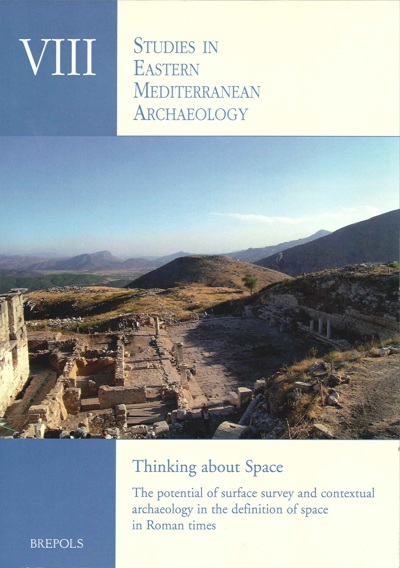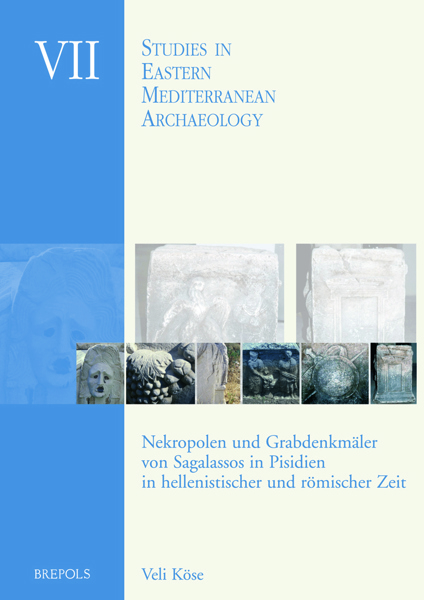
Holocene Vegetation History in the Territory of Sagalassos (Southwest Turkey)
A Palynological Approach
Marleen Vermoere
- Pages: 360 p.
- Size:210 x 297 mm
- Language(s):English
- Publication Year:2004
- € 80,00 EXCL. VAT RETAIL PRICE
- ISBN: 978-2-503-52188-6
- Paperback
- Available
This study presents a broad picture of the vegetation history in the territory of Sagalassos during the Holocene based on pollen-analysis of cores taken from various Quaternary deposits in the area. The fossil pollen data are interpreted by using modern reference pollen data, obtained from the current vegetation types. In addition, the pollen sequences are compared with pollen data from various other parts of Southwest Turkey, so that they are discussed within a much wider regional pattern of vegetation history.
This research has allowed the identification of several major vegetation changes, which are confronted with archaeological evidence and with the settlement history of the district. The first arrival of farmers during the Chalcolithic in the valley below the city is reflected by a massive clearance of oak forest. The development of urban sites during the Archaic and Classical period is shown by a second deforestation phase, followed by a major cultivation phase from early Hellenistic to early Byzantine times. During this period olive culture was introduced in the area, whereas deciduous oak woodlands and extensive needle-leaved forests again were major components of the vegetation cover. The economic value of these types of vegetation for the city is discussed.
Instability caused by the plague and political unrest, a major earthquake and the first Arab raids in the area, seems to have resulted in an economy with a greater emphasis on pastoralism and a neglect of olive yards and forests after the 7th century. From the Byzantine period onwards, this gradually resulted in a degraded landscape.




